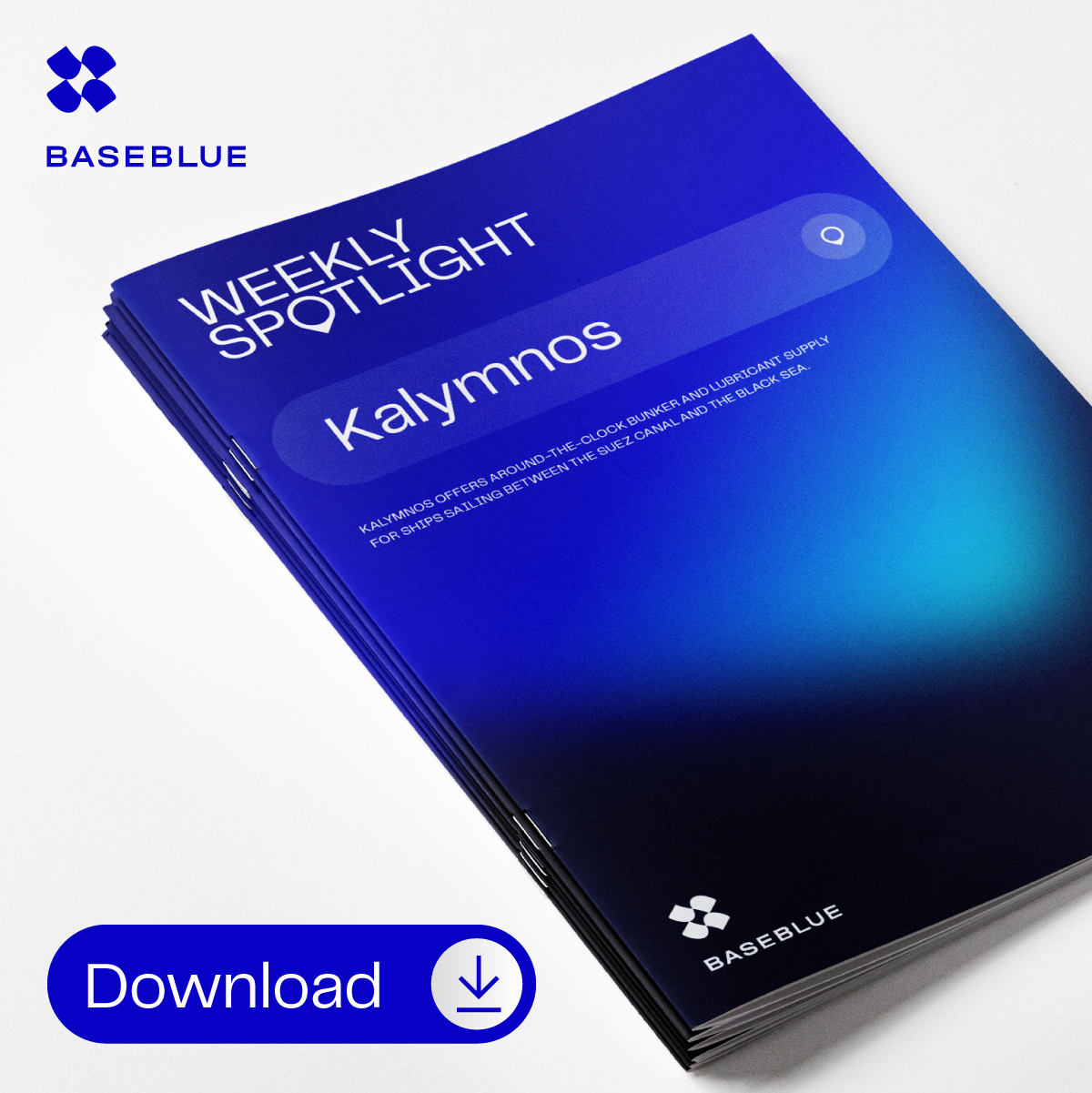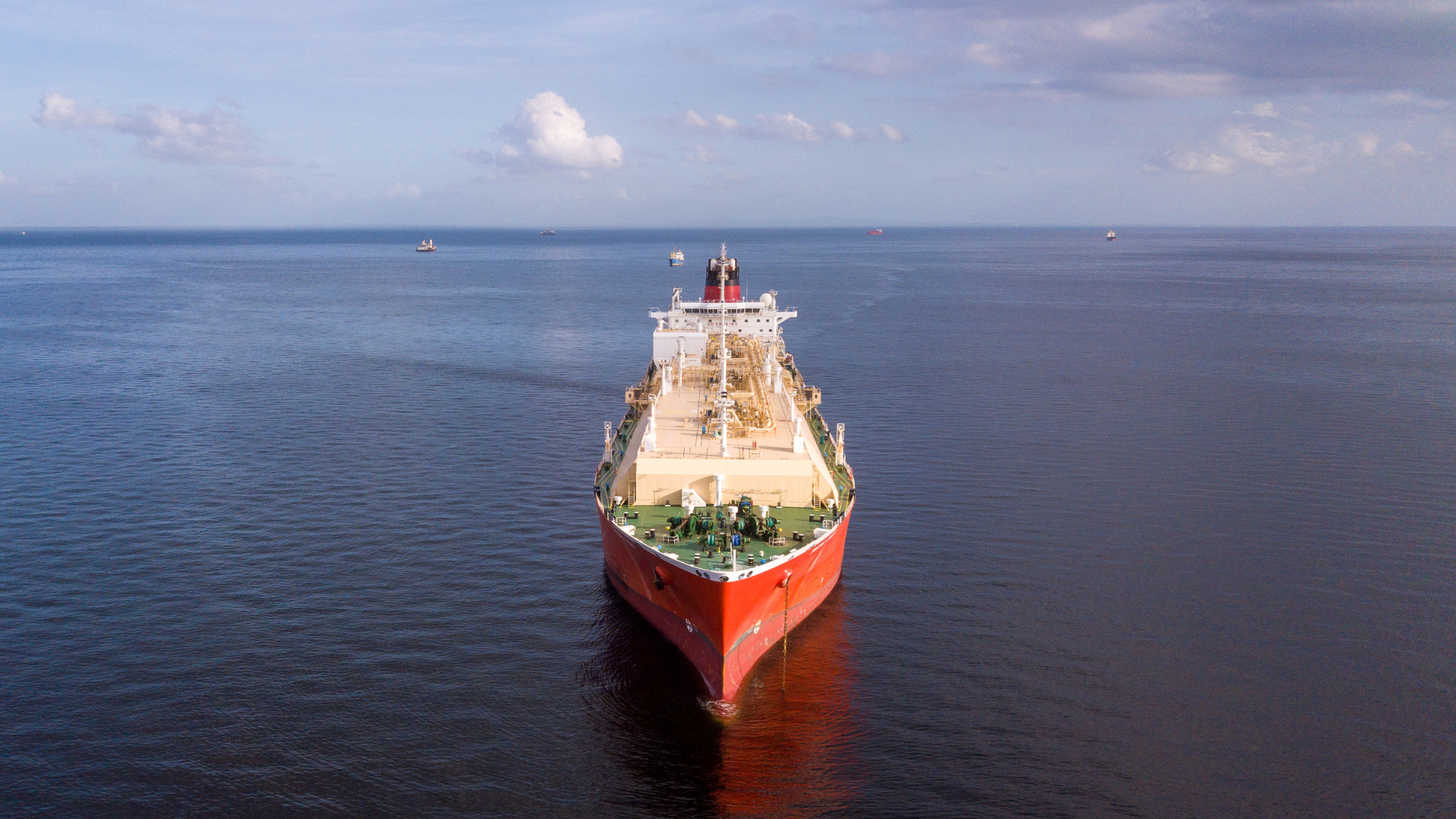- Fuel source: Natural gas, like pipeline gas
- Properties: Super-cooled to -162°C. Liquid at -162°C. 600 times the energy density of pipeline gas.
- Uptake by industry: LNG tankers have run on LNG for over 50 years, with uptake across other sectors beginning in 2000. The use of LNG has grown in the container, car, and cruise segments.
- Low carbon credentials: Near total reduction of Sox and a significant reduction in particulate matter and NOx.
- CO2 saving: Between 8-23% CO2 saving on a full lifecycle basis, depending on engine technology. Bio-LNG from waste can provide CO2 reductions of up to 90%.
- Negatives: A small amount of unburnt methane is emitted, known as Methane Slip. 2-stroke engines emit less than 4-stroke engines. Fossil LNG is not viewed as a “low-carbon fuel”.
- Safety considerations: LNG is a cryogenic product with a low flashpoint. Guidelines for handling are laid out in IMO IGF Code. The use of appropriate PPE in bunkering is essential.
- Availability: Widely available in large-scale cargoes worldwide. Europe, North America, the Middle East and much of Asia benefit from a well-developed network. LNG is expected to be available in Panama. Middle East and on the US West Coast by around 2025.
- Price: LNG can be sold on an oil-indexed basis or priced at a defined premium over pipeline gas. Natural gas prices vary significantly worldwide; LNG pricing strongly reflects this.
Subscribe to our newsletter
Get our latest news and updates in your inbox.
"*" indicates required fields
Download Weekly Spotlight

"*" indicates required fields
Download Resource

"*" indicates required fields




